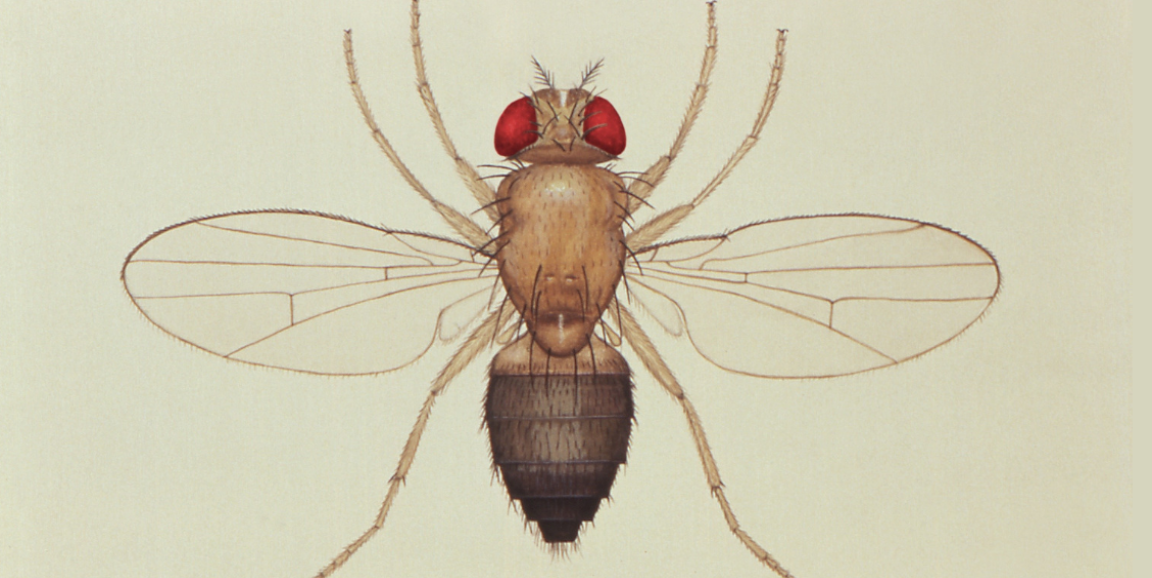Basic biomedical research -- studying the nuts and bolts of biology with no specific goal other than an increased understanding of how organisms tick -- can sometimes be tough to sell to funding organizations and even to Congress. But most researchers realize that these kinds of fundamental discoveries can lead to significant, unexpected clinical breakthroughs years or decades later.
Recently, dermatologist Anthony Oro, MD, PhD, and postdoctoral scholar Alex Brown, PhD, connected the dots between studies in fruit flies conducted in Oro's lab more than a decade ago and a progressive genetic disorder in humans that causes carriers to slowly lose motor functions, balance and hand-eye coordination. The condition, which is called spinocerebellar ataxia, or SCA, can be caused by a plethora of different mutations. It's difficult to treat and, as we've described here before, its effects can be devastating.
Now Oro and Brown have uncovered a common genetic link among the many variations of the disease that may lead to new treatment possibilities. They published their results earlier this month in the Proceedings of the National Academy of Sciences.
Brown and Oro were studying a gene called MTSS1 previously identified in Oro's lab as an important regulator of cell motility and the hedgehog pathway (a signaling cascade we've written about before critical to normal development and cancer). But when they blocked the production of the MTSS1 protein in mice, the researchers found something they weren't expecting.
As Brown explained:
We were incredibly surprised to find the mice exhibiting symptoms of ataxia and neurodegeneration, rather than cancers or cell signaling defects. Fortunately, the Oro lab had studied MTSS1 function in many different contexts, from fruit fly fertility to hair follicle cycling, and we knew that in each case the mutant phenotypes could be corrected by inhibiting the activity of a family of proteins called Src kinases.
Under normal conditions, the MTSS1 protein tamps down the activity of the Src kinases; when it is missing, the Src kinases are overly active.
When the researchers pumped a Src family kinase, or SFK, inhibitor that has already been approved by the FDA as a treatment for leukemia into the cerebellum of young mice missing the MTSS1 gene (when given orally the drug, dasatinib, does not cross into the brain), the animals were protected from developing ataxia, or the loss of muscle coordination.
Although much more research needs to be done, Brown and Oro are hopeful that SFK inhibitors may one day be helpful for people with spinocerebellar ataxias and, possibly, other neurodegenerative disorders. In fact, they have received funding from the NIH to study this evolutionarily conserved pathway in Alzheimer's disease.
And it's all thanks to those fruit flies of yore.
As Brown said:
This study really highlights the key role of basic research. The observation that MTSS1 restrains Src family kinase activity was originally made in fruit flies. Now we've been able to extend that observation to neurodegenerative disorders seen in humans. What I find particularly exciting is that the genetic studies in flies have also identified regulators of MTSS1 activity and SFK targets, some of which are implicated in more common disorders like dementia. This is a compelling example of how work in flies can lead to insights on rare diseases and informs our understanding of widespread health problems.
Image by CDC / Public Health Image Library




